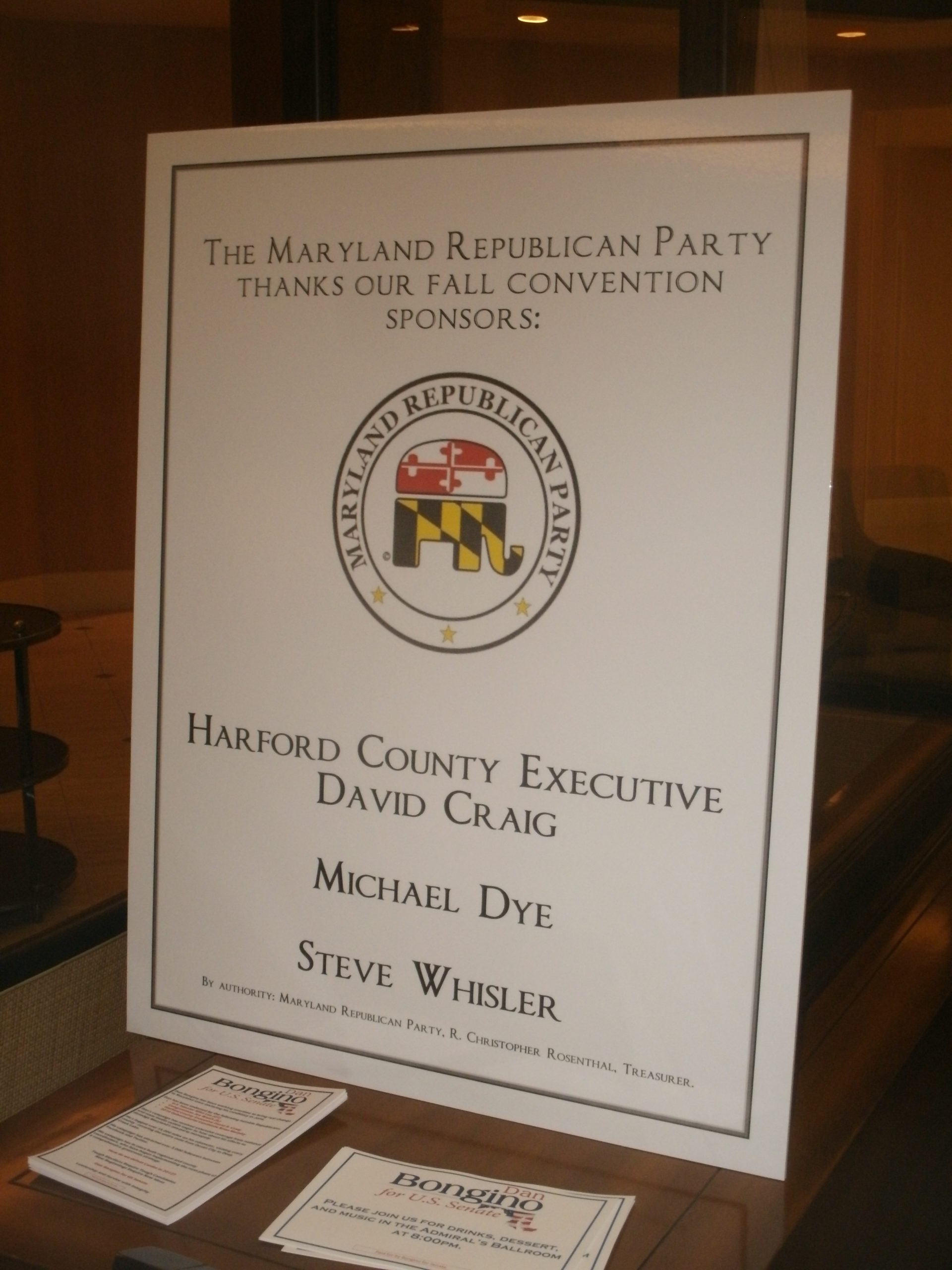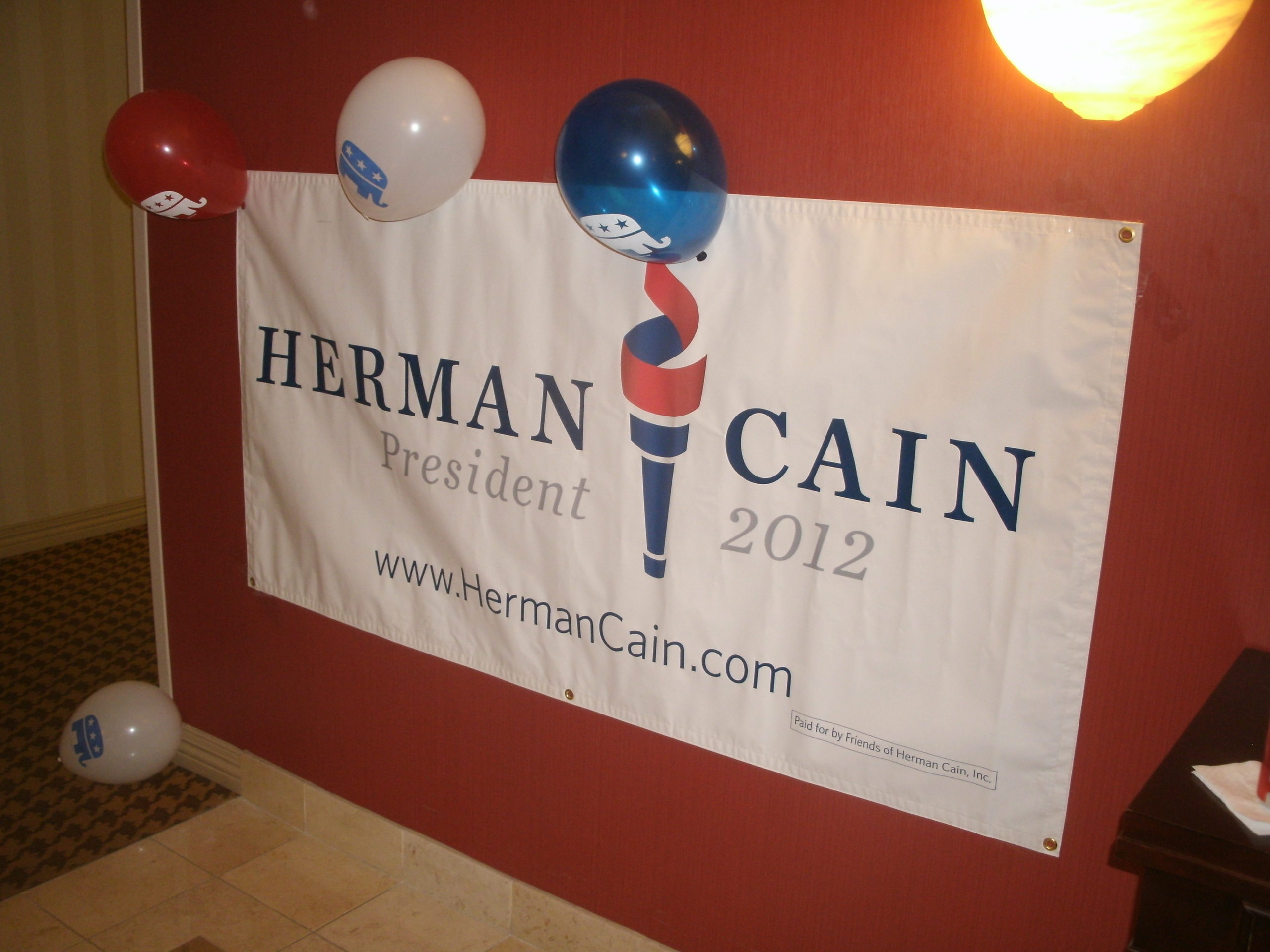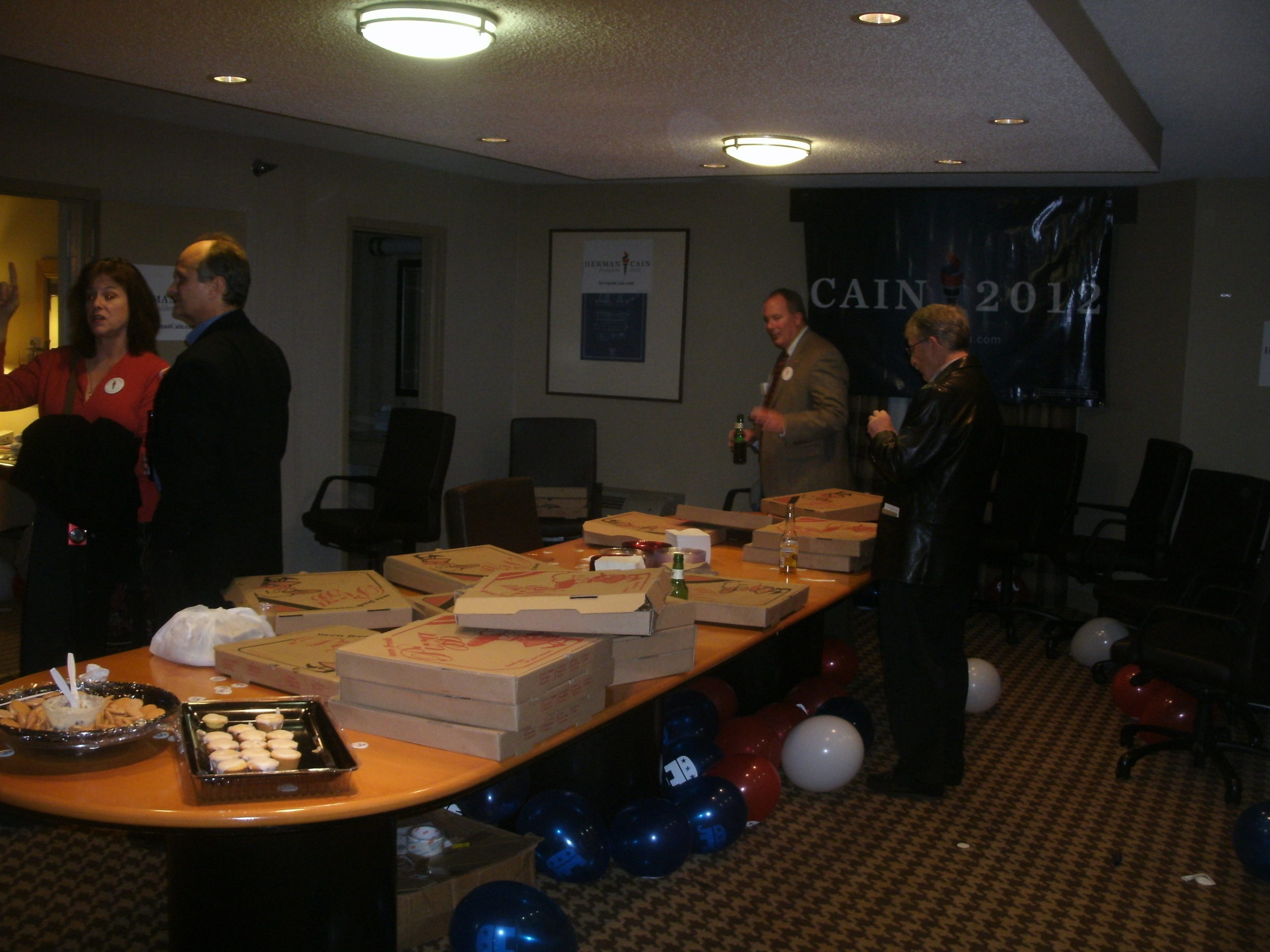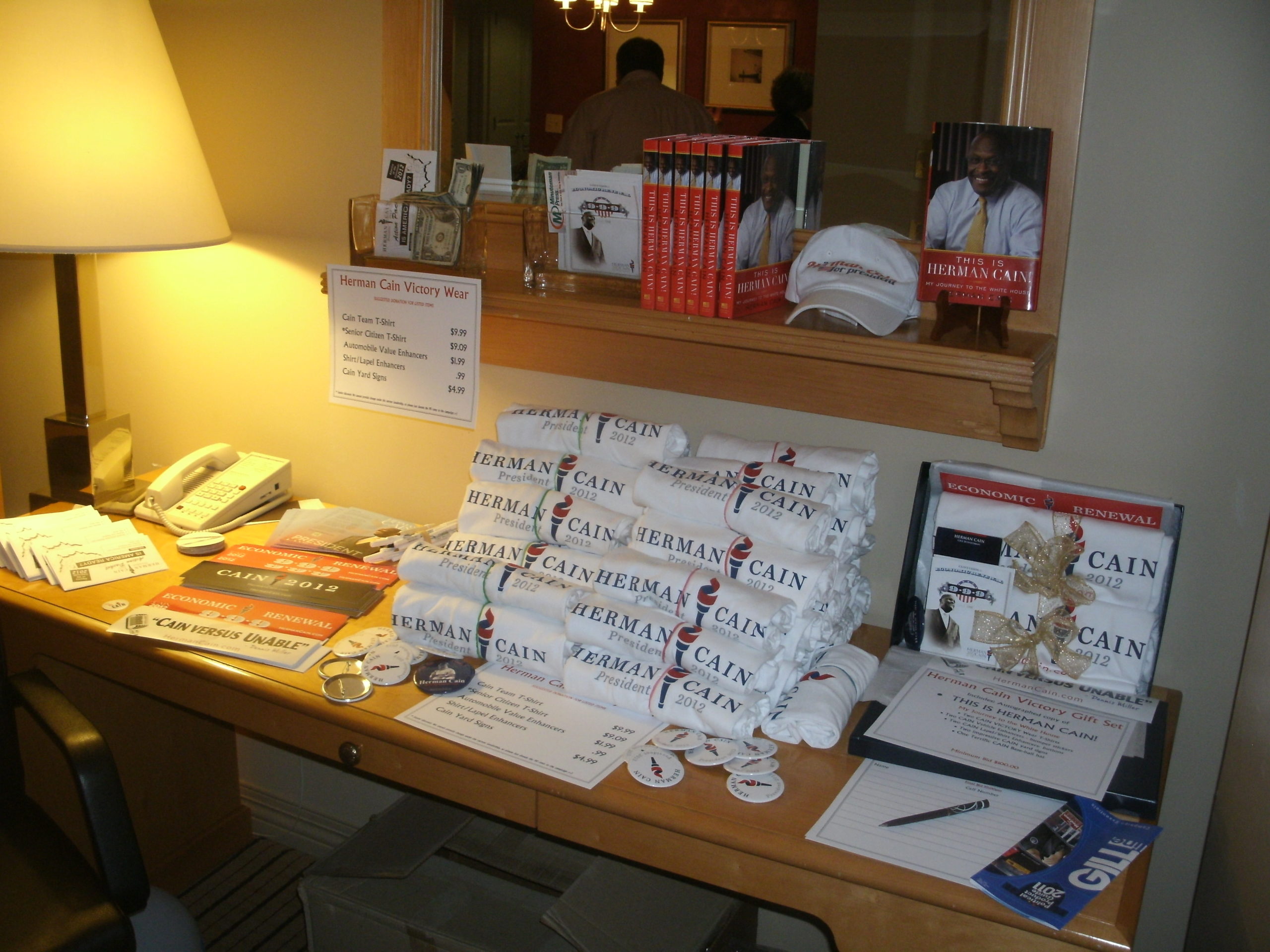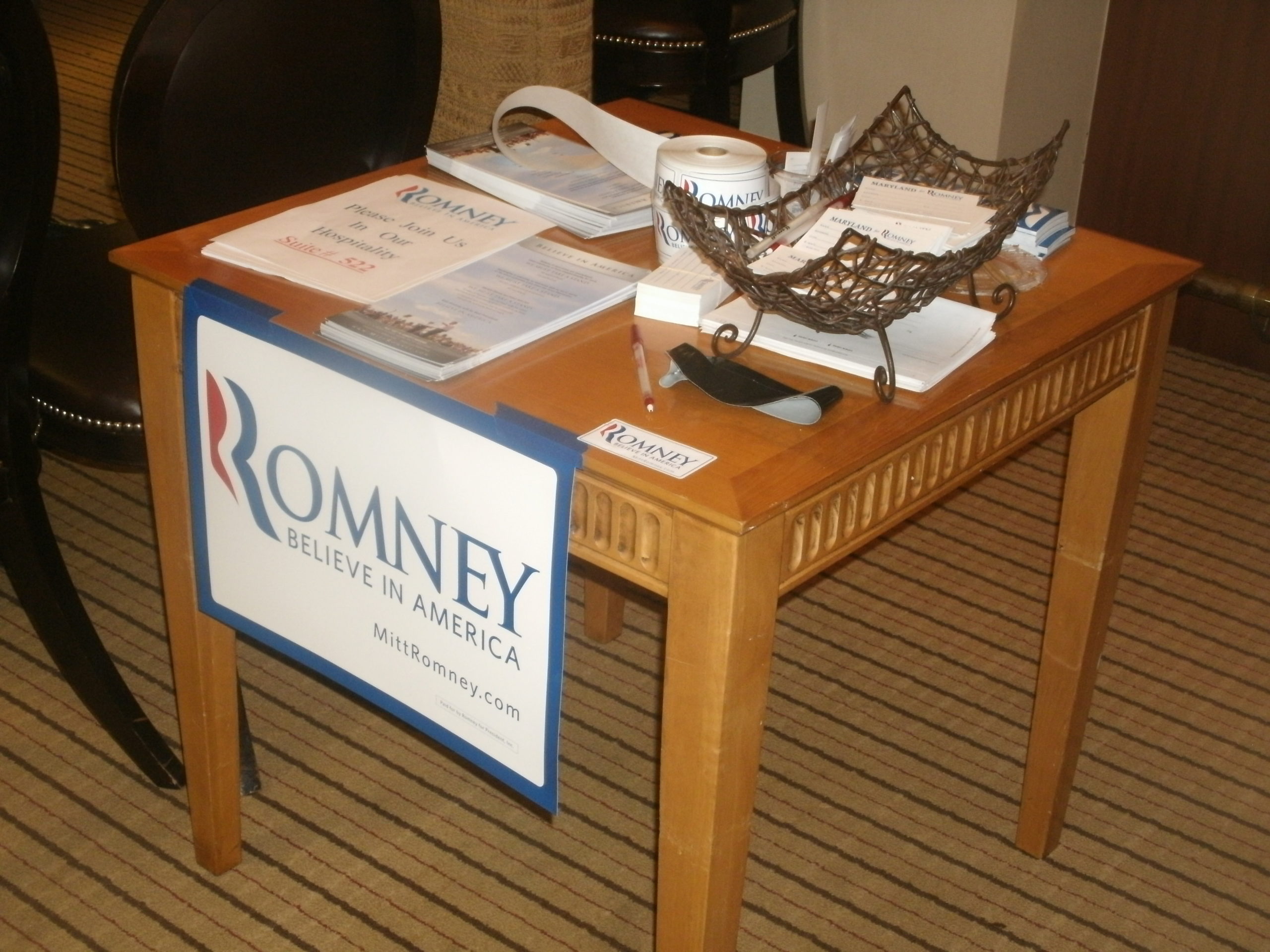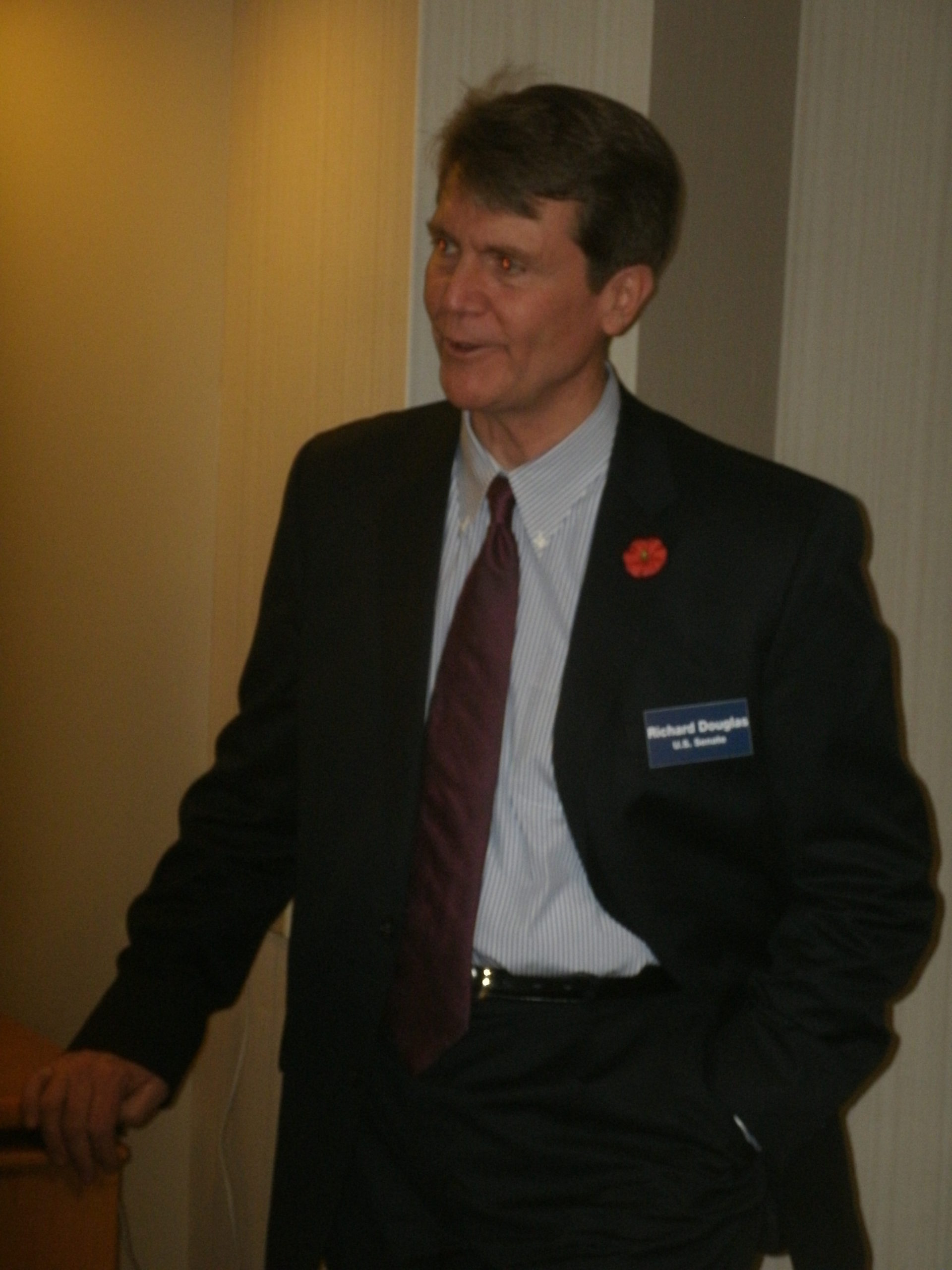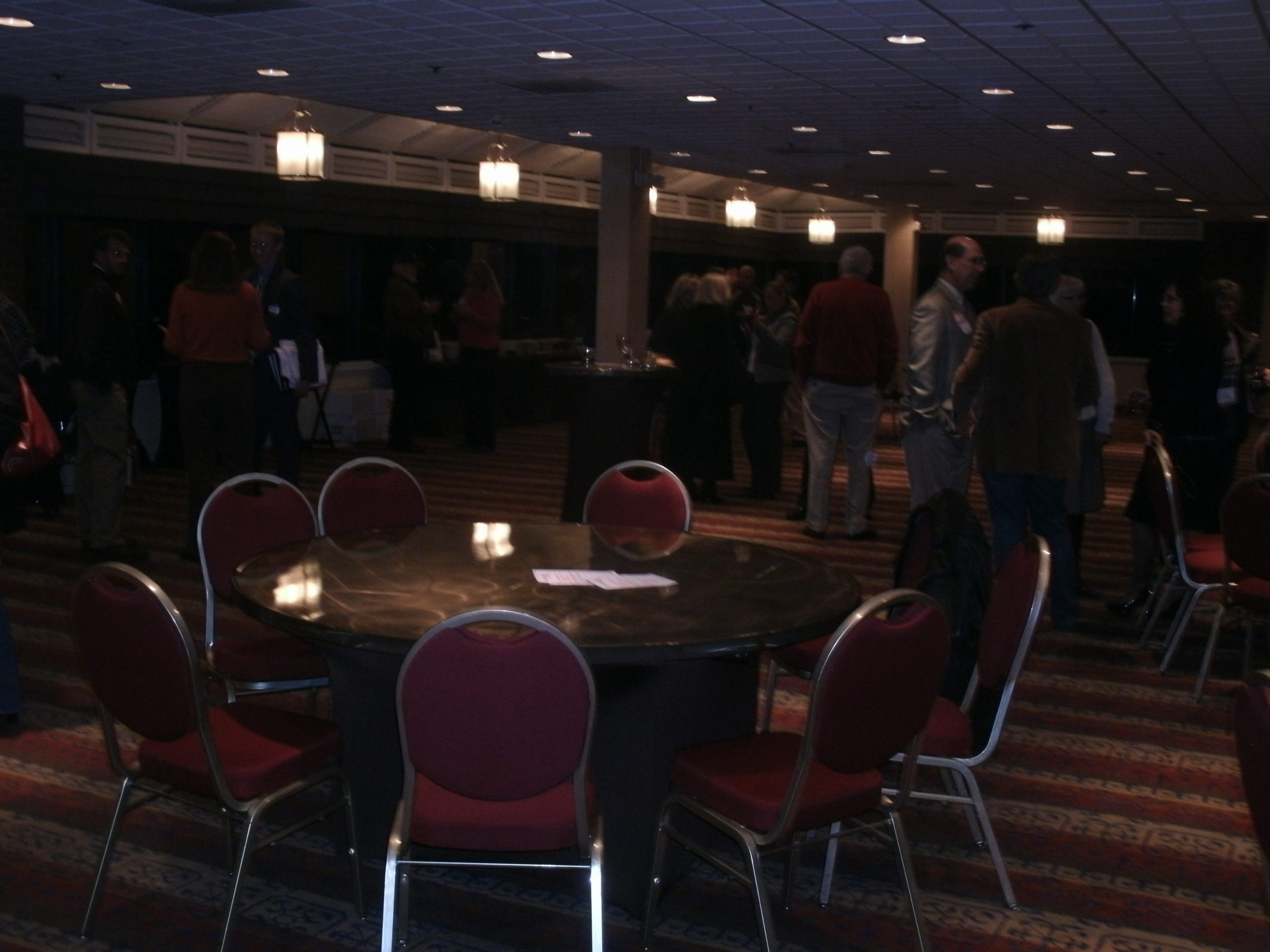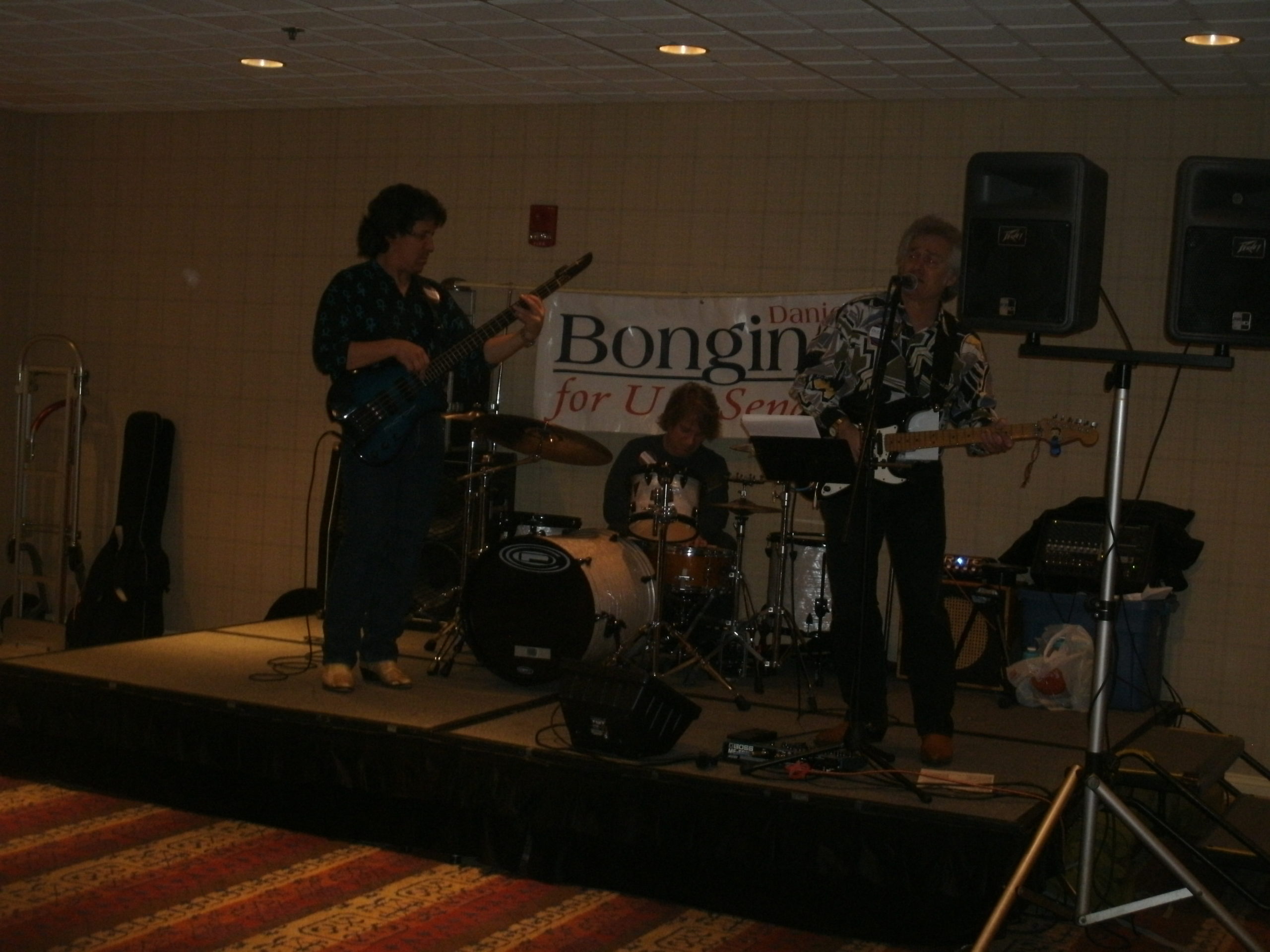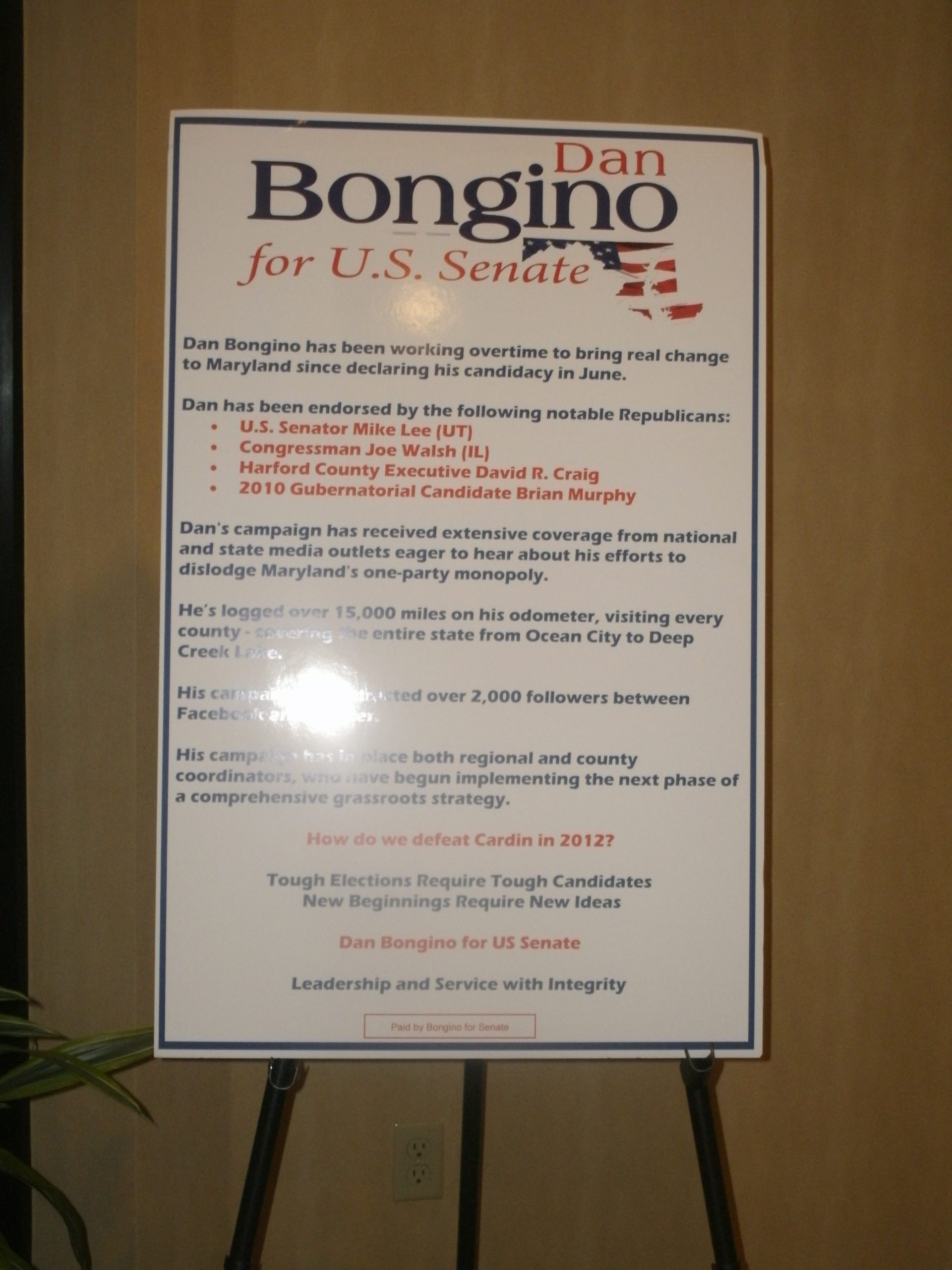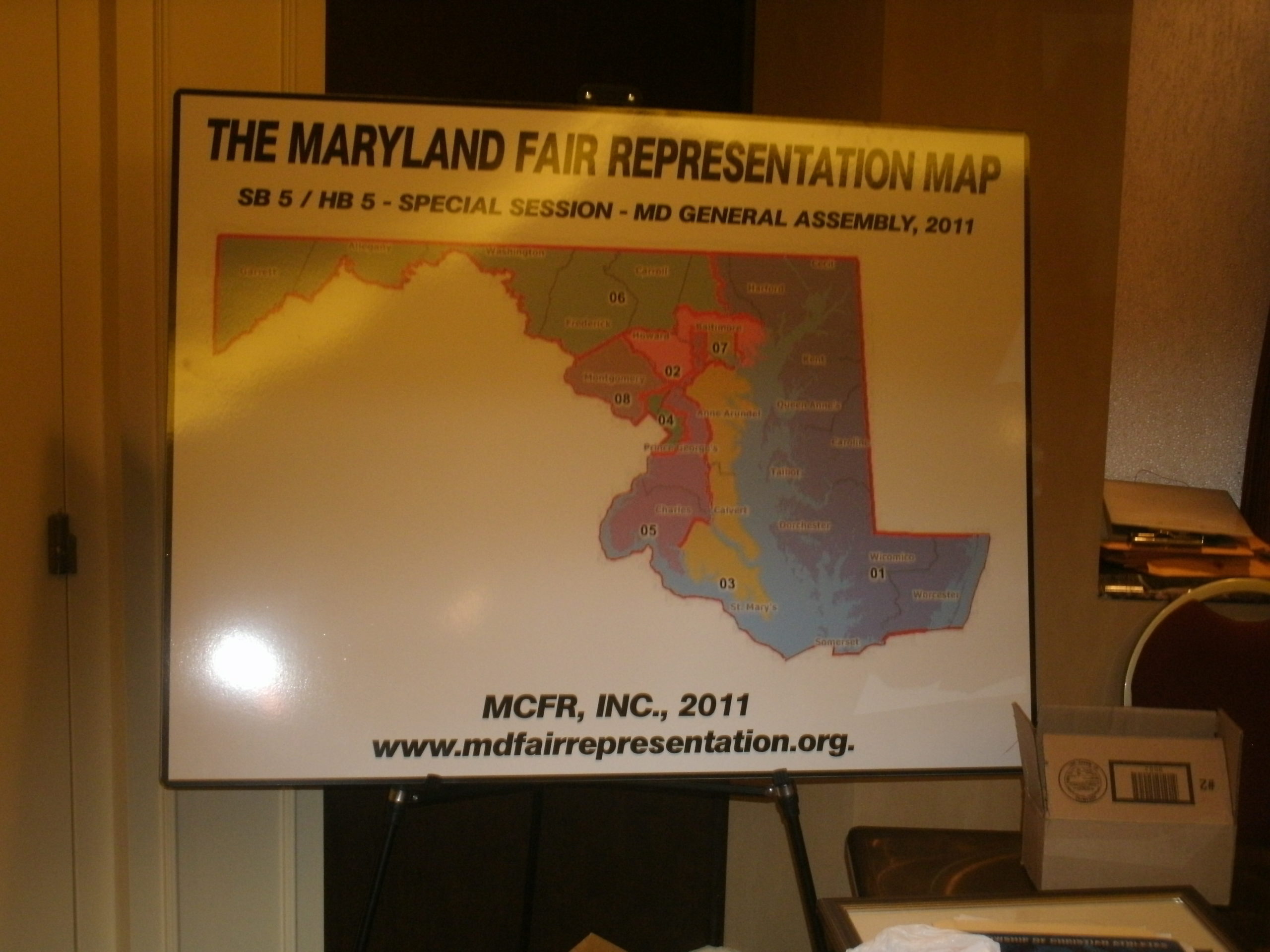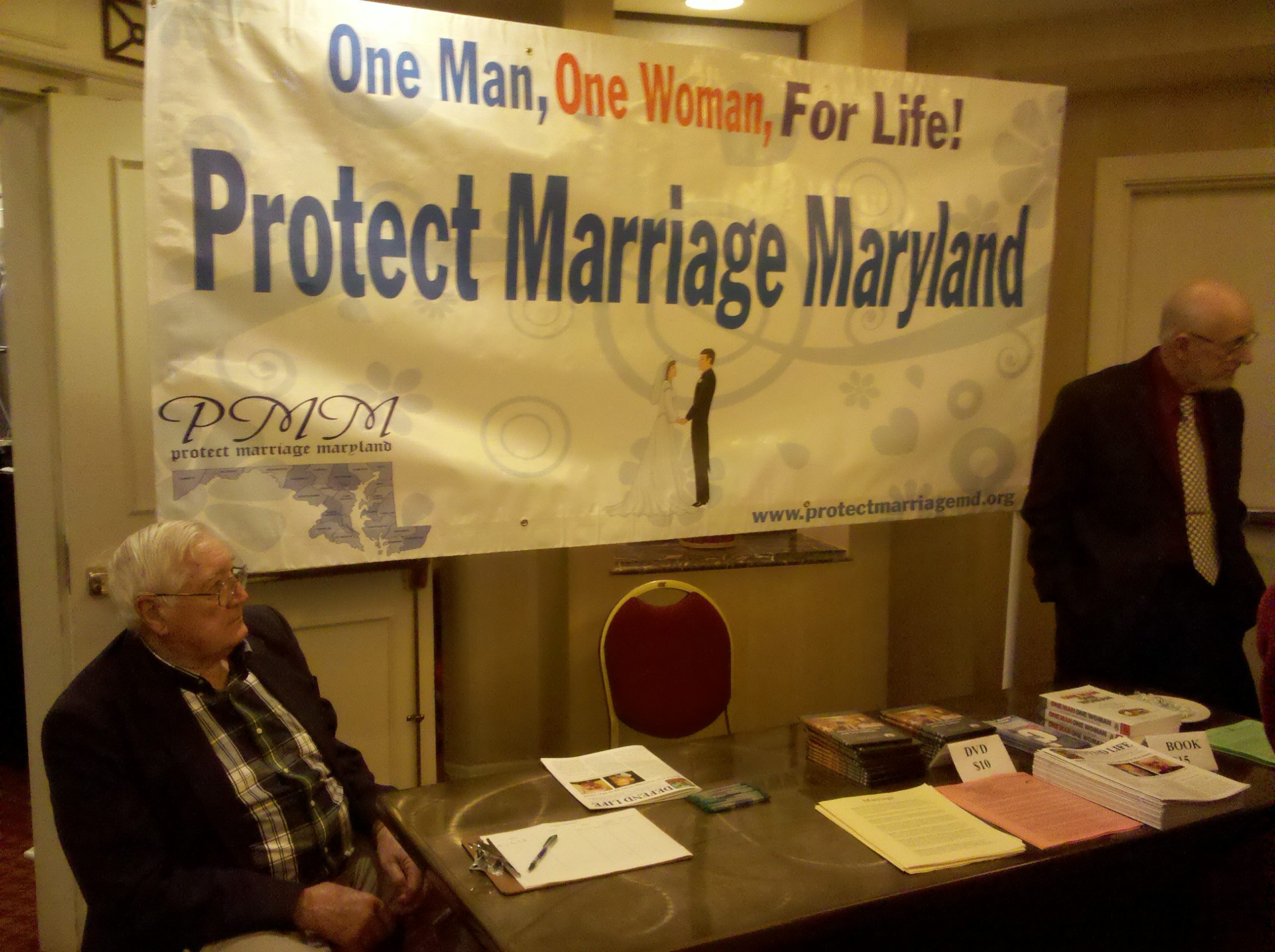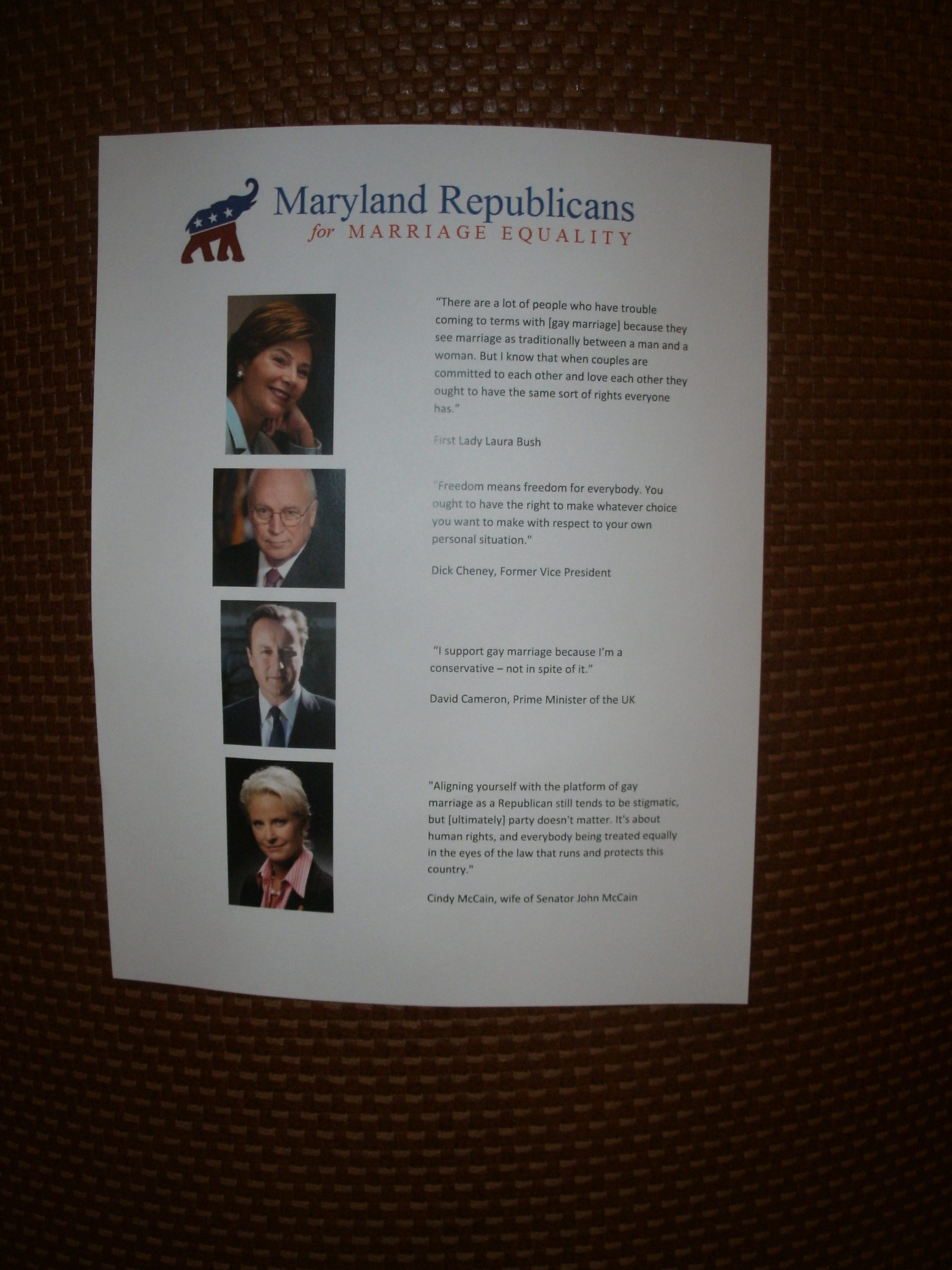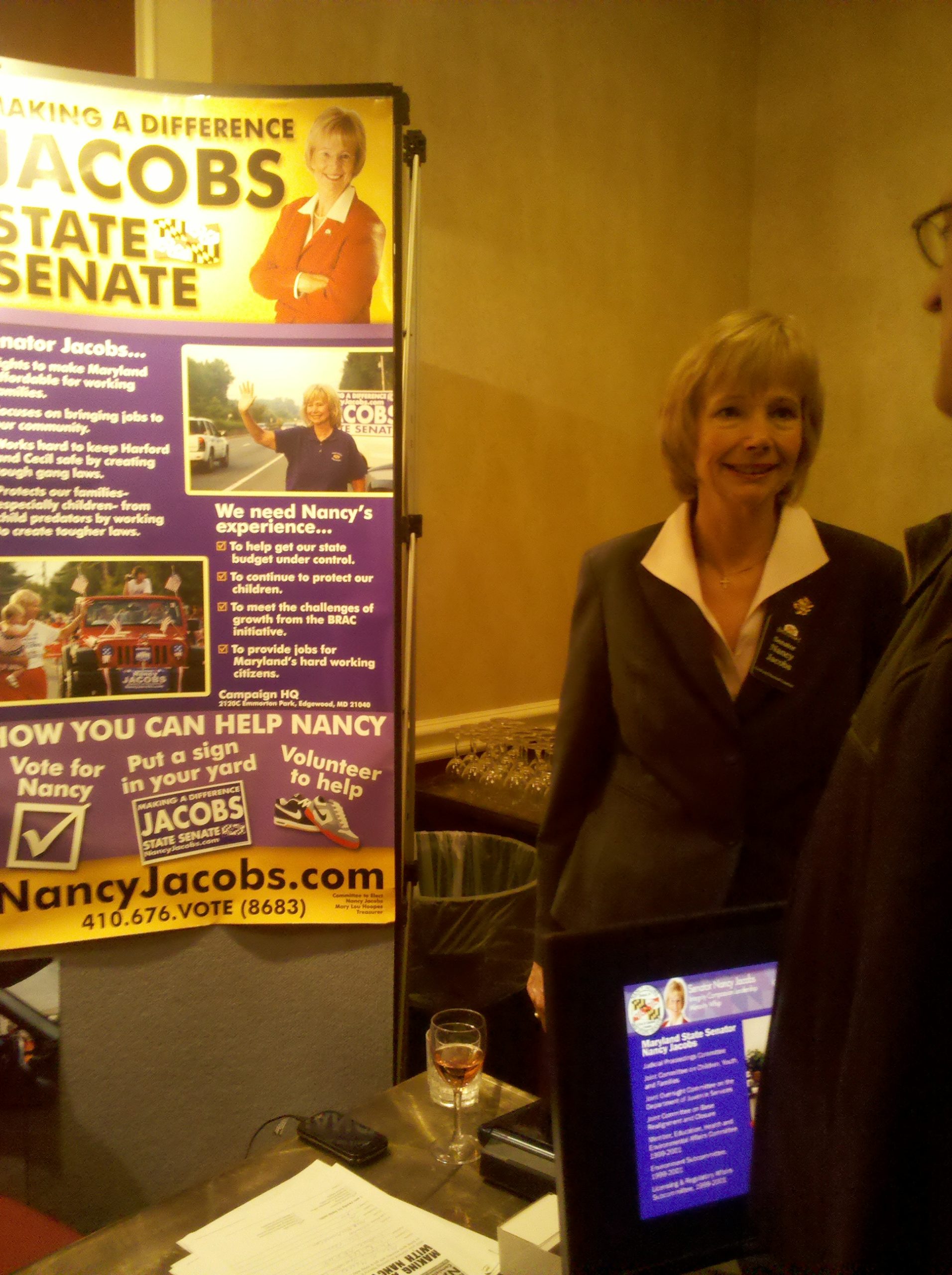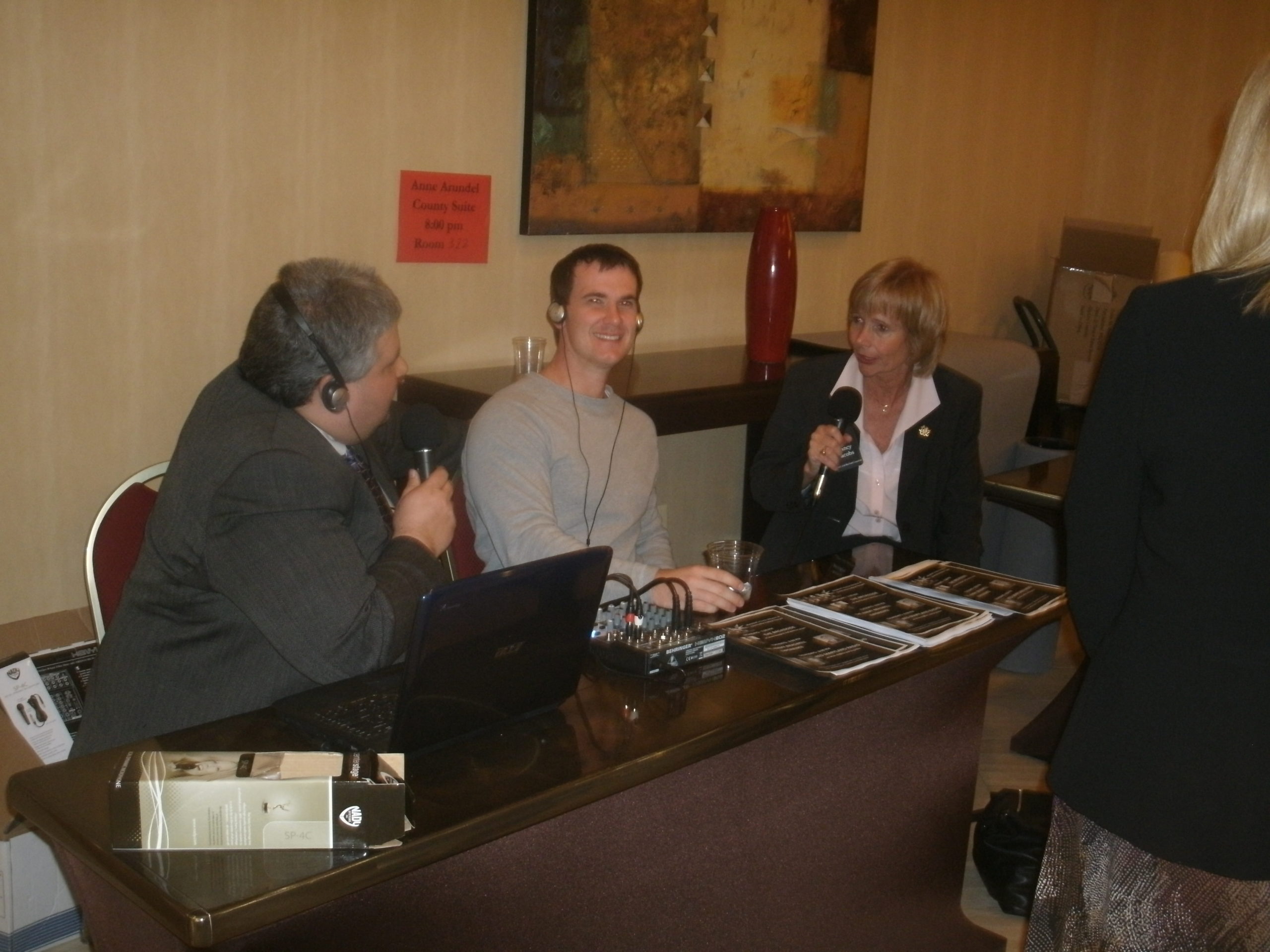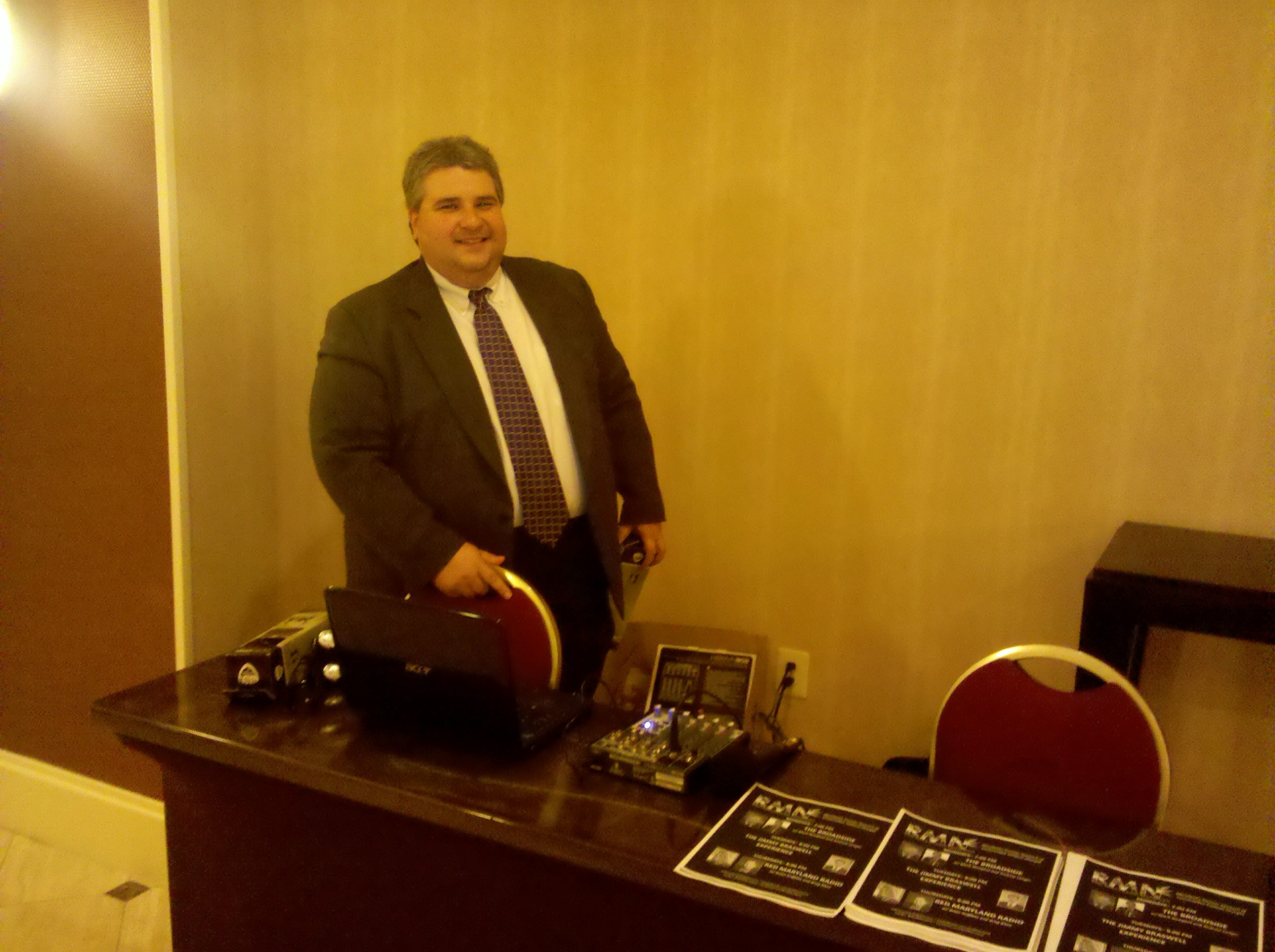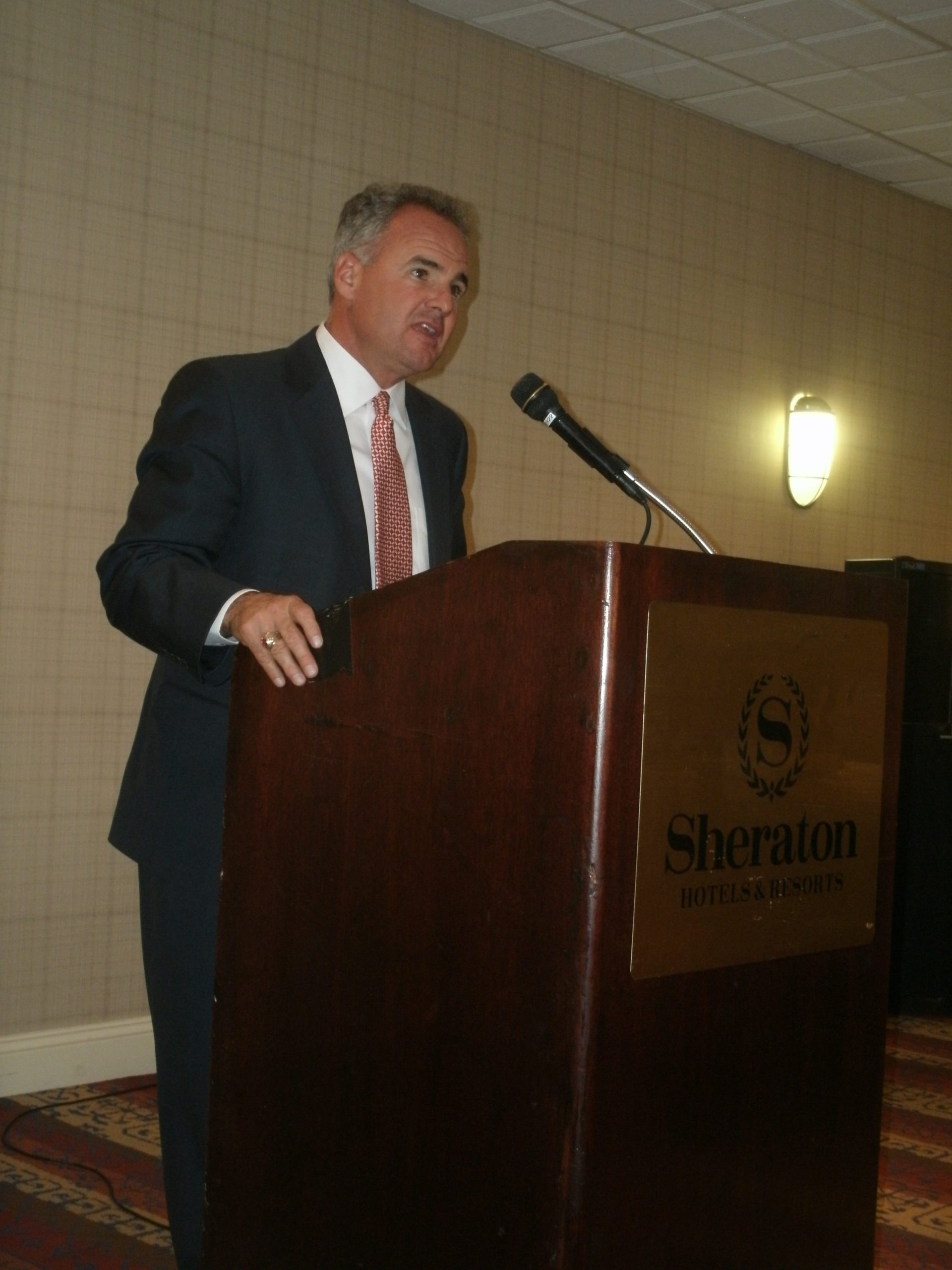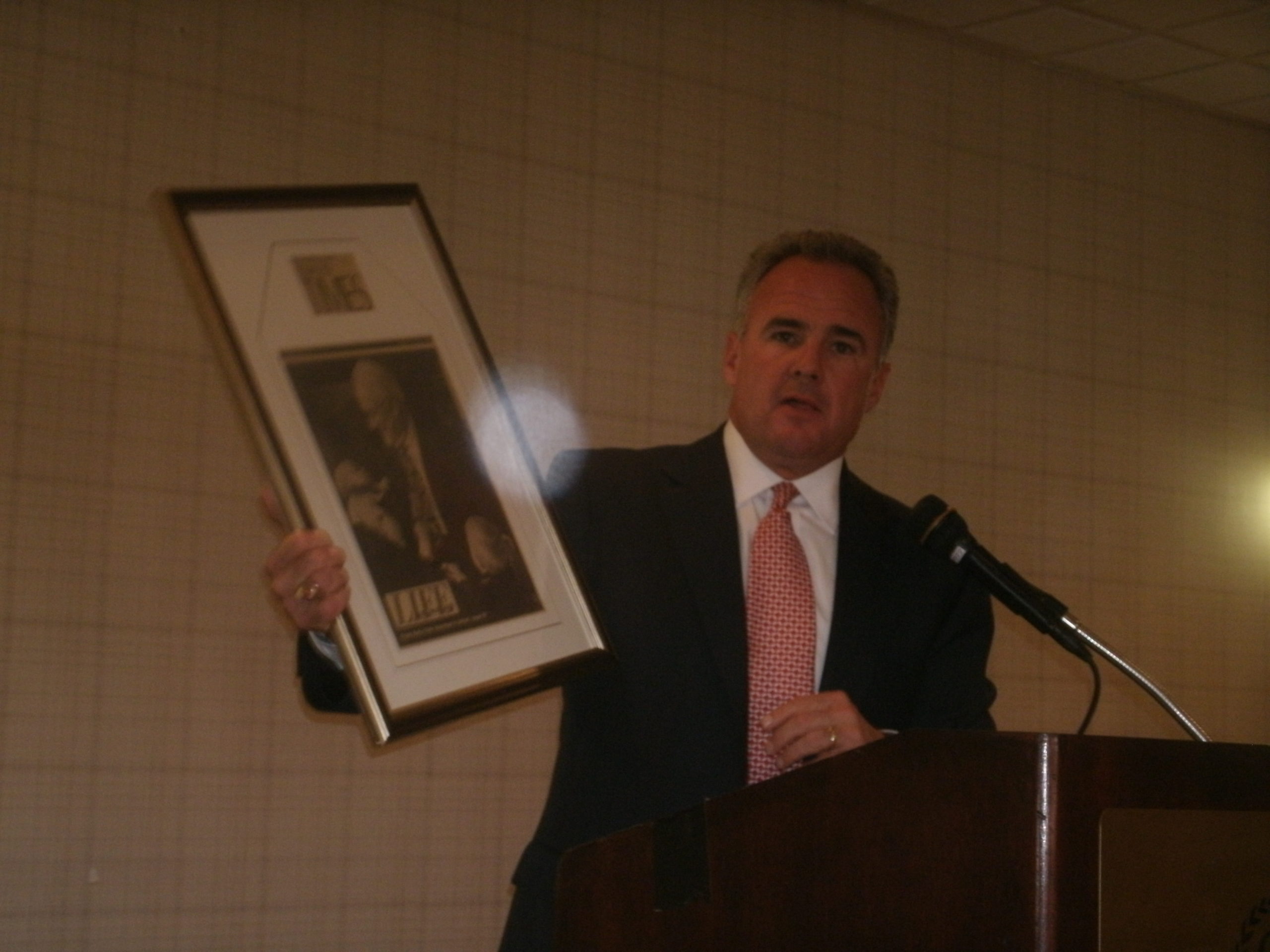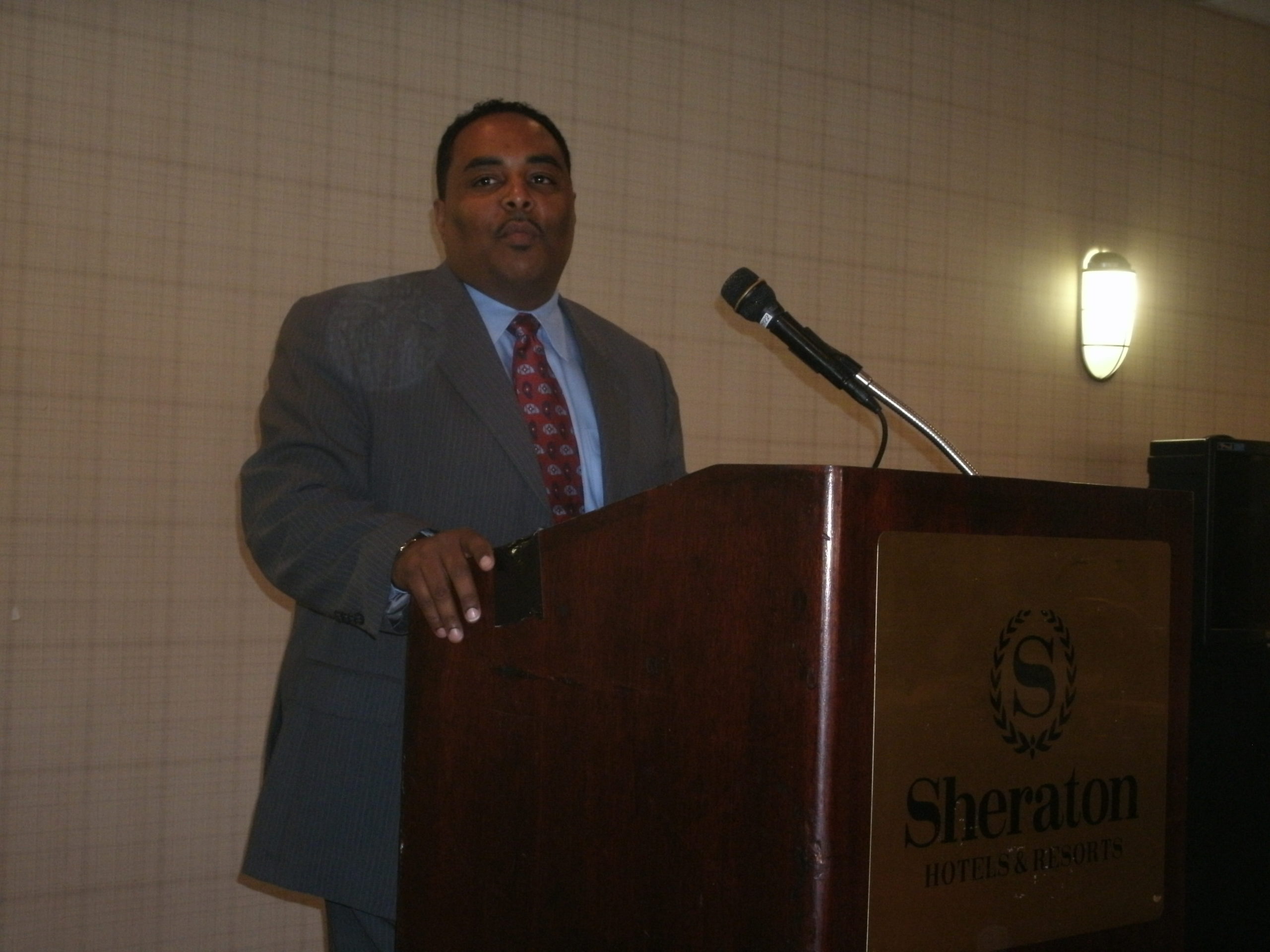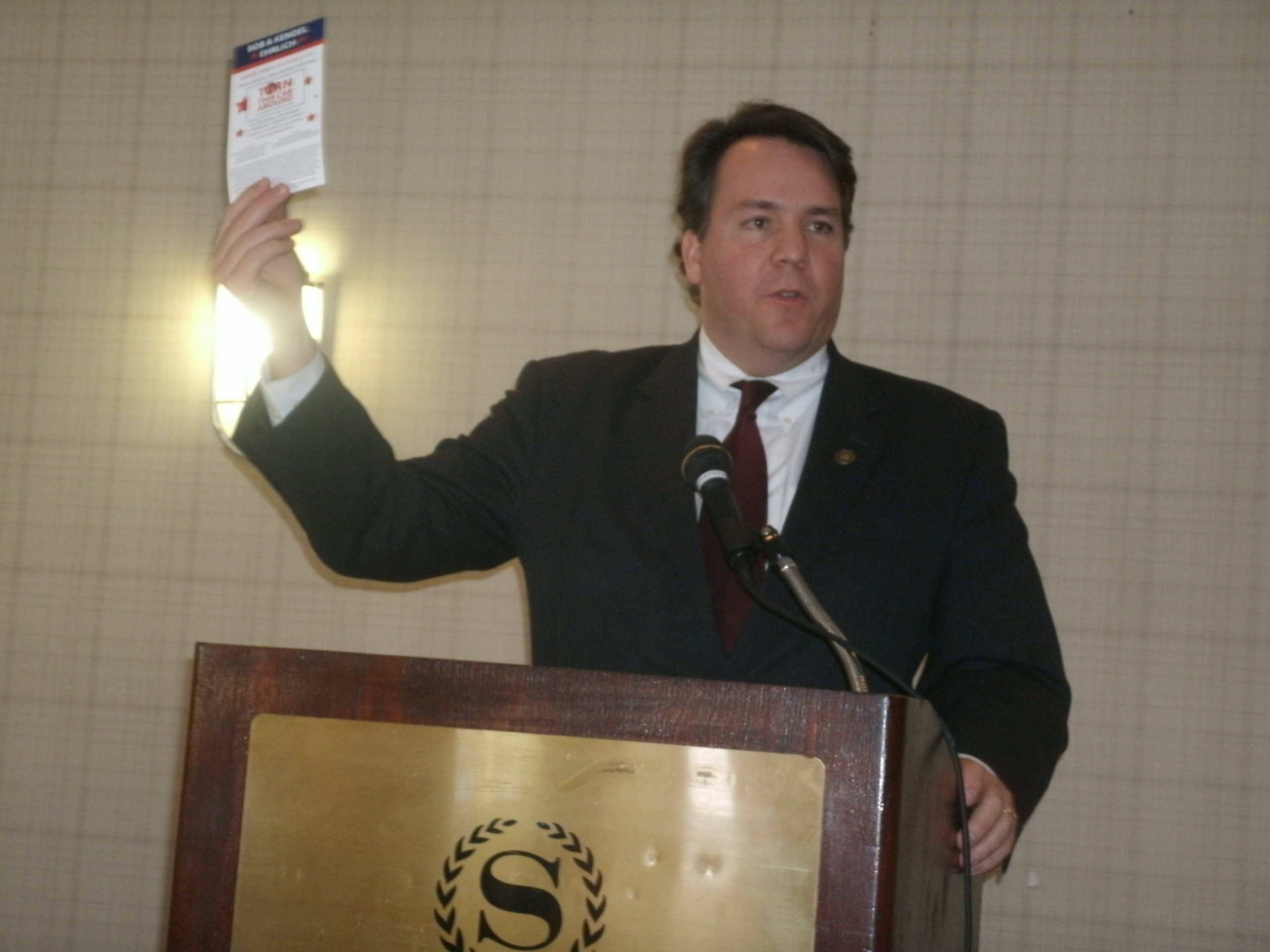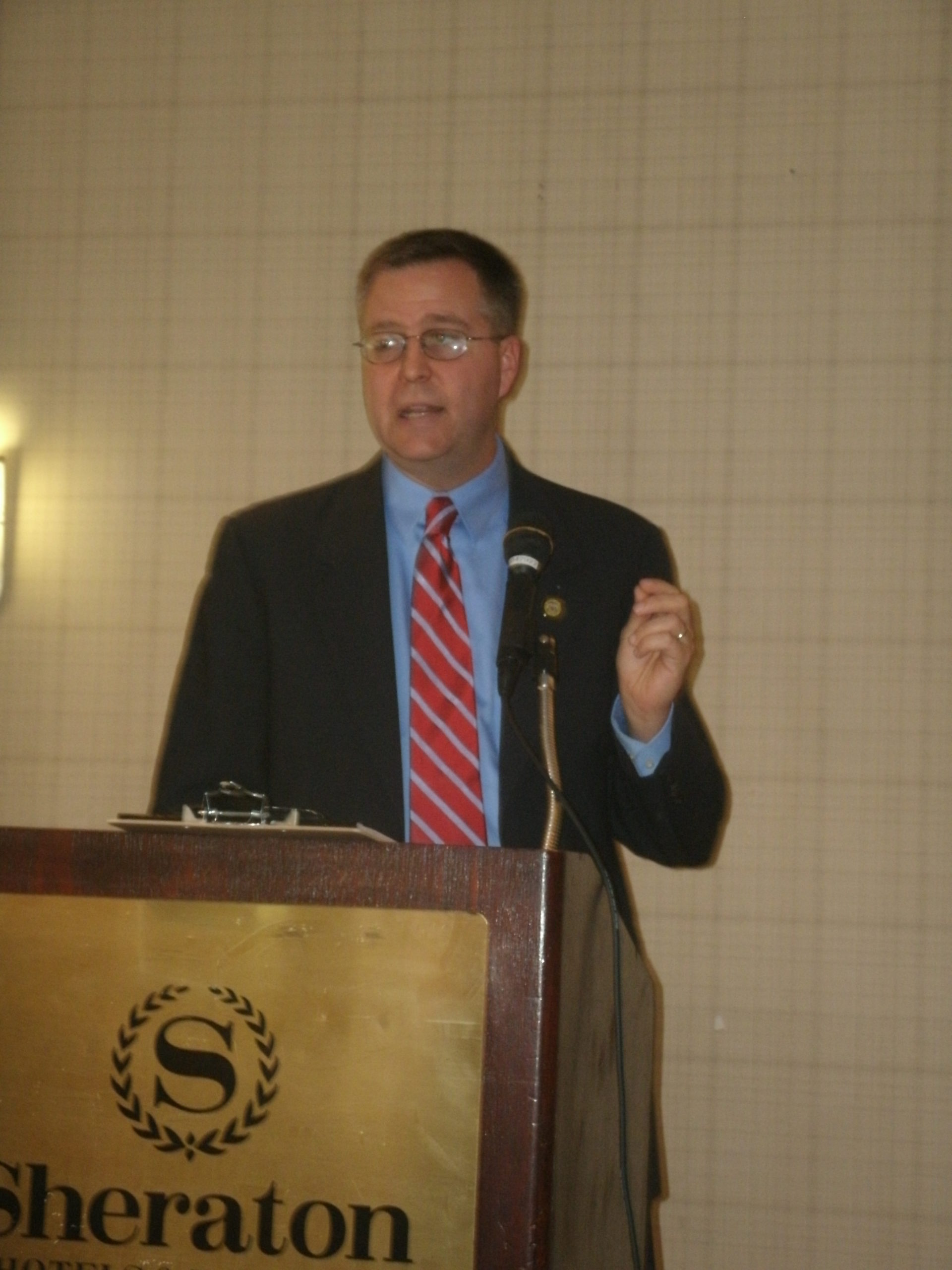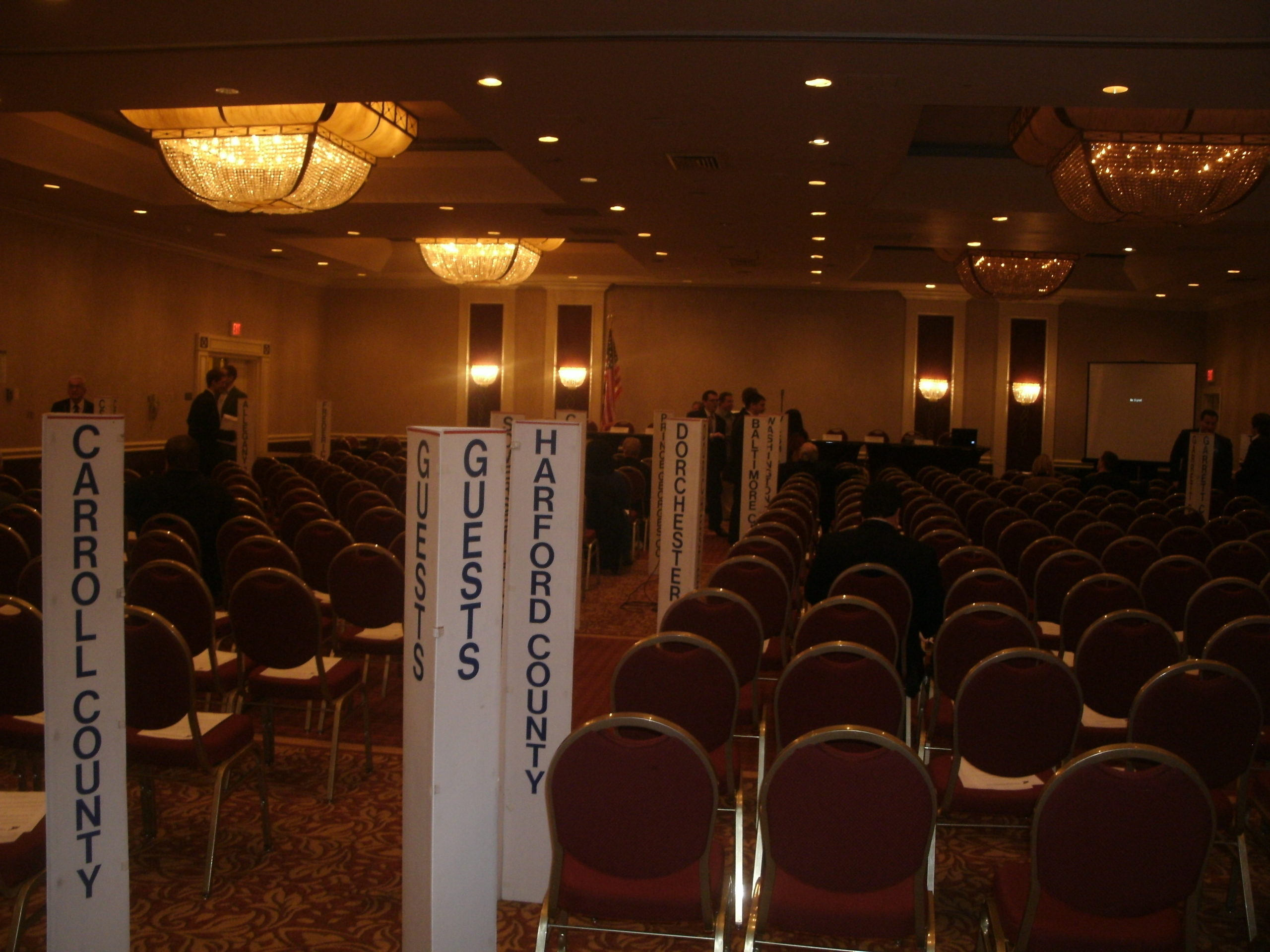You know them, you love them…bloggy bits of goodness I expound upon which run from a sentence to a few paragraphs. Here’s my latest batch from a chock-full mailbox all but neglected over the weekend.
Actually, the first item doesn’t come from my mailbox but was shared with me on my Facebook page by Jim Rutledge, who urged me to read and share this piece by Diana West about how we’ll never win if we kowtow to Islamic radicals.
West writes about the saga of Marine Lance Cpl. Greg Buckley, Jr., who was killed in a “green-on-blue” attack last month. Chillingly, Buckley predicted, “one day they are going turn around and turn those weapons on us.” And so they did.
Of course, that leads to the obvious question of why we remain in Afghanistan, which has no clear-cut answer. At this point, it truly makes no difference to the most radical Islamist whether we stay or go as we’re the Great Satan just the same. Right offhand, I have no idea what the body count is on their side, but I’m sure it could be a lot more if we didn’t pull our punches. Once we bombed Tora Bora back to the Stone Age to get Osama bin Laden, but it was a more precise Seal Team Six which sent bin Laden to those 72 virgins, with Obama trying to heist the credit. Certainly there are those Afghans who love the accolades they receive from their comrades when an American is cut down as well.
All in all, the Patton rule still applies: “The object of war is not to die for your country but to make the other bastard die for his.” Just substitute “religion” for “country” on their part.
Another old saw from the Left is that not throwing money at education produces inferior results. But that theory is debunked by a study recently released by State Budget Solutions. If the liberals’ theory was correct, then states which spent the most per pupil would have the best results – but the numbers suggest otherwise. In announcing the results, SBS noted:
From 2009 to 2011 the national average for state educational spending as a percentage of total spending dropped from 30 percent in 2009 to 29.3 percent in 2011. The top state spenders across all three years were Texas, Vermont and Arkansas, all spending at least 4 percent more than the national average. Michigan made the top five in 2010 and 2011. Virginia earned the #4 and #5 position in 2009 and 2011, respectively.
The states that spent the least as a percentage of total spending during 2009-2011 were Alaska, which came in last all three years, Hawaii and Tennessee. New York and Massachusetts also made the bottom five in 2010 and 2011.
For states that spent the most, only Vermont saw significant results from 2009 to 2011. In fact, four out of the five states spending the most on education failed to produce correspondingly high graduation rates or ACT scores. Arkansas remained in the top five states in spending for all three years, yet Arkansas’ average ACT scores consistently fell below the national average, and continue to decline annually. In 2010 and 2011, Texas ranked first in the nation in spending, 36.9 percent each year, but fell below the national average in graduation and ACT scores.
One can have whatever educational Taj Mahal the taxpayers willingly – or begrudgingly – pay for, and teachers who receive the highest pay around, but if they can’t teach then all the money is essentially wasted. Otherwise, why would bright homeschooled children be the academic leaders of this country?
At this time in the election cycle, endorsements are always news. Recently the Conservative Victory PAC added two new Republican hopefuls to a growing stable of CVPAC-backed candidates as Second District Congressional hopeful Nancy Jacobs and Third District candidate Eric Knowles got the CVPAC blessing.
On Jacobs the group wrote:
CVPAC supports Ms. Jacobs’s education reform agenda, including expansion of Charter Schools in failing school districts, means-tested tax credits for parents with children in religious schools and other private schools, and tax credits for Maryland businesses that invest in schools or hire graduates from local schools.
CVPAC Treasurer Ruth Melson had this to say about Knowles:
Let me tell you why Eric Knowles must be your next United States Congressman from Maryland District 3. Eric knows about defending the United States Constitution against foreign enemies and he will defend it at home the same way; he is a US Air Force veteran. He knows about our terrible economic plight; he works as a bartender talking to regular folks every day. In the United States Congress, he will always represent the interest of Marylanders like you and me. He is not an ivory-tower politician building castles in the air; he is pragmatic. Government, he says, must stay within its constitutionally enumerated powers; government must be rolled back to what we can afford.
Along with U.S. Senate candidate Dan Bongino, the Conservative Victory PAC has endorsed four of Maryland’s six Republican Congressional challengers: Ken Timmerman, Faith Loudon, Jacobs, and Knowles. I suppose they have a few weeks to add Fifth District challenger Tony O’Donnell and Seventh District aspirant Frank Mirabile to the list.
Bongino, meanwhile, keeps adding to his national profile by getting key endorsements of his own; most recently Lt. Col. Allen West added his vocal support:
The differences cannot be any clearer in the race for United States Senate. Ben Cardin has been an elected official for 45 years and you need to question ‘Is Maryland better off than it was in 1967?’ It is time the people need to elect someone who has some real experience, and that is why I am endorsing Dan Bongino for U.S. Senator for Maryland.
We need someone who has walked a police beat and not someone who all he knows how to do is walk into a chamber and vote aye and nay all day long!
West is a conservative darling who some believed would have been a great VP pick.
On the other hand, “establishment” Republicans may have been enamored with an endorsement closer to home – former Governor Bob Ehrlich:
Dan has the unmatched integrity and unique depth of experience necessary to defeat an entrenched incumbent like Senator Cardin. His background in law enforcement and federal investigations, combined with an entrepreneurial spirit and business acumen, afford not only a broad overview of the political arena but also personal expertise in job creation, fiscal responsibility, and community involvement.
We cannot continue down the same non-productive road we’ve traveled for the last 45 years. It’s time we elect someone new – someone who can relate to the needs of the average Maryland family. Dan’s message resonates strongly with both Democrats and Republicans alike, and he is the right person at the right time to represent Maryland and shake things up in Washington.
Gee, Bob, that sounds a little bit like your 2010 primary opponent I voted for. While it’s nice to have the endorsement, honestly I’m not sure the Ehrlich name carries the cache it formerly did among rank-and-file Republicans, let alone those who call the TEA Party home. They were more enthused by the Allen West statement, I’m sure.
Speaking of those who have spanked Ehrlich electorally, Martin O’Malley is once again getting beclowned by Larry Hogan and Change Maryland as they point out Maryland’s unemployment rate is rising as the national percentage drops:
Maryland’s unemployment rate inched up to 7.1%, marking months of consecutive upticks since January’s rate of 6.5%, in the latest state employment picture released today by the Bureau of Labor Statistics.
The preliminary August numbers show a slight gain in employment due to July numbers that were revised downward by 1,600 jobs. In August, Maryland payrolls increased by 1,400 over July.
The slight change in employment numbers, however, is not enough to lift Maryland out of the doldrums when it comes to competing with neighboring states.
“We are lagging in job growth in the region and are simply not competing with our neighbors,” said Change Maryland Chairman Larry Hogan. “This year’s performance on job growth is abysmal as it has been since 2007.”
On a percentage basis of jobs lost, Maryland’s decline of 1.4% since January of 2007 is the second-worst in the region after Delaware.
And Change Maryland had even more fun at O’Malley’s expense, reminding its audience that each and every Republican governor berated by DGA head O’Malley scored higher on job creation than he did:
In recent remarks in Iowa, O’Malley said, “We are the party that grows our economy; they are the party that wrecked our economy.’ This false statement is borne out today in the latest August employment numbers released by the Bureau of Labor Statistics that show Maryland’s loss of nearly 7,000 jobs this year is worse than Florida, Ohio, Louisiana, Wisconsin, Virginia, Texas, New Jersey and Maine. In some cases it is much worse. For example, under Gov. John Kasich, Ohio has created 68,300 jobs this year; Florida Gov. Rick Scott, 50,500 jobs; and New Jersey Gov. Chris Christie, 26,200 jobs. So far this year under Gov. Rick Perry, the Lone Star state has created 140,000 more jobs than Maryland, which some have dubbed the “Fee State” as opposed to the official “Free State.”
“Martin O’Malley has no credibility whatsoever talking about jobs,” said Change Maryland Chairman Larry Hogan. “What he can talk about, but chooses not to, are the 24 taxes and fees he has raised since taking office which remove $2.4 billion annually from the pockets of struggling Marylanders.”
I know Jim Pettit doesn’t necessarily write these releases to be laugh-out-loud funny, but when you consider the material he has to work with, you have to laugh to avoid crying – particularly if you still live in Maryland. As I’ve put myself on the record saying, take away the nation’s capital and Maryland is Michigan without all the lakes – or the jobs. (By the way, even that state is creating jobs much faster than Maryland.)
A surefire way to curtail job creation, however, is to overregulate land use to a point where no growth is possible. Whether consciously or not, the effect of new state rules may be the eventual death knell to the Eastern Shore’s economy.
There is an upcoming “Growth Offset Policy Meeting” Thursday morning to discuss these proposals, dryly described as follows:
The meeting will include a presentation by staff from Maryland Department of the Environment about the draft Growth Offset policy and the proposed timeframe for acceptance and implementation of the policy. Following the presentation, the remainder of the meeting is dedicated for a question and answer period. Participants are invited to ask questions and express concerns to staff from Maryland Department of the Environment, Department of Agriculture, and Department of Planning.
The Harry R. Hughes Center for Agro-Ecology is organizing this event and would like to thank the Town Creek Foundaiton (sic) for their generous support which allows the Center this opportunity.
You can register here; it’s no surprise that plenty of seats are still available. I’m sure the Radical Green in this area will take time off their public-sector, taxpayer-funded jobs to try and convince these people that every acre in Wicomico County not already developed needs to return to its pristine, pre-settlement state.
If we were to take a path, I say join the one being blazed by Cecil County and say “to hell with the maps.” If Rick Pollitt wants to do something useful for a change, this is something to consider when you think about how similar Cecil County is in population to Wicomico.
Finally, turning to the national race: there’s a constituency group out there which is always assumed to be a solidly Democratic bloc and that’s the Jewish vote. But according to this ad from the Republican Jewish Coalition, voters are turning away:
Perhaps borne out by this ad, a survey by the American Jewish Council of 254 registered Jewish voters in Florida showed only 69% would vote for Obama. It’s noteworthy the survey was conducted prior to the 9-11-12 Islamic attacks on our embassies in several Middle Eastern countries, most notably Libya. On the other hand, they didn’t ask about the respondents’ 2008 vote so in that respect the survey has limited value – we have no basis of comparison to truly determine a trend.
But another number from the AJC survey serves as a way to tie this post together: 62% of those Jewish voters surveyed either strongly or moderately support U.S. military action against Iran’s nuclear program. 74% of them would support Israel doing the same.
It all comes back to wars and rumors of wars, doesn’t it?


